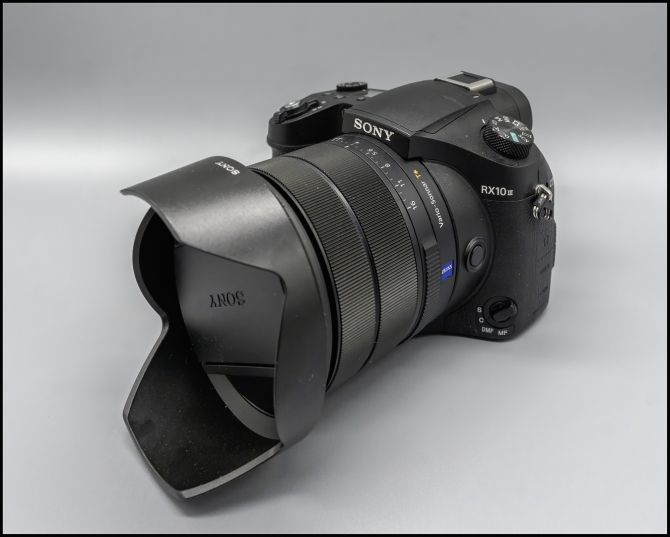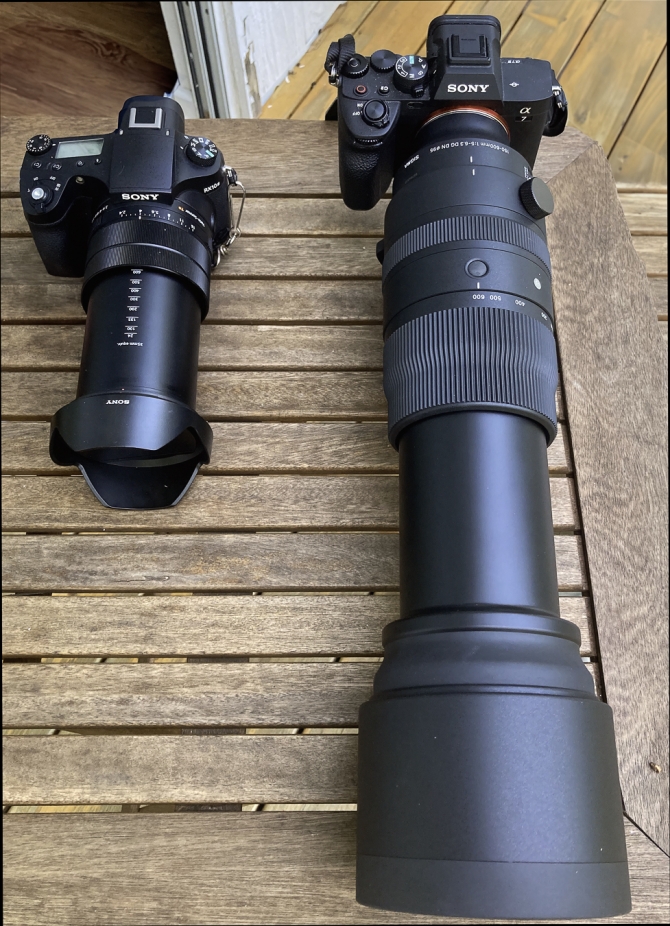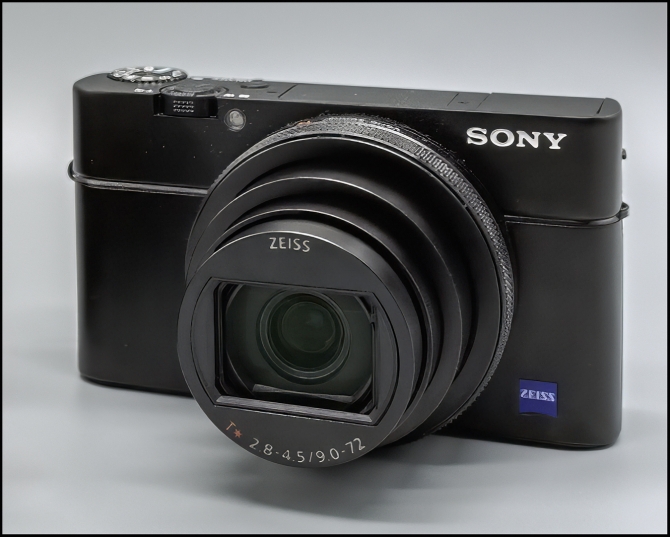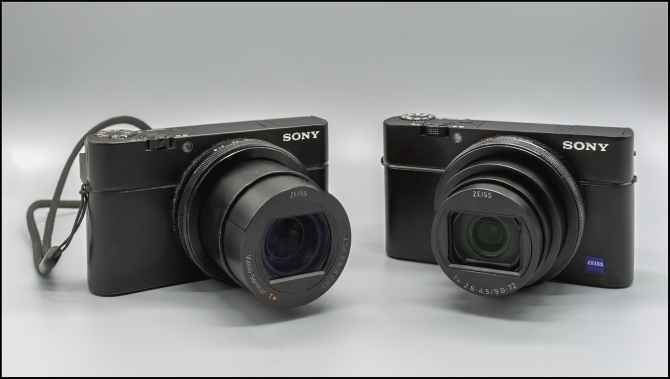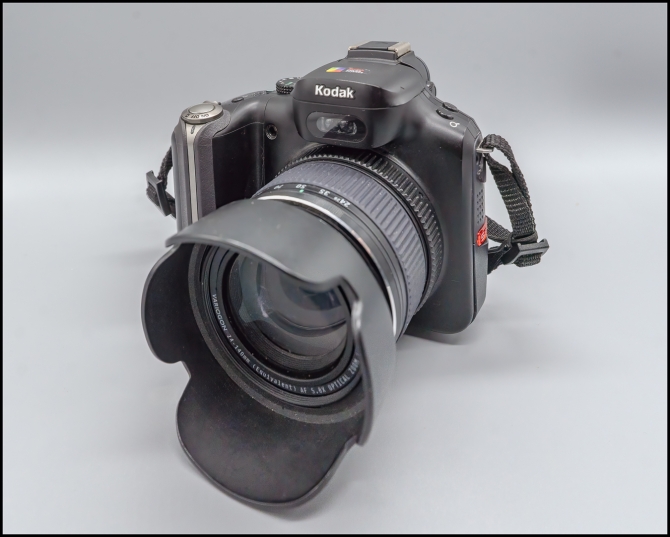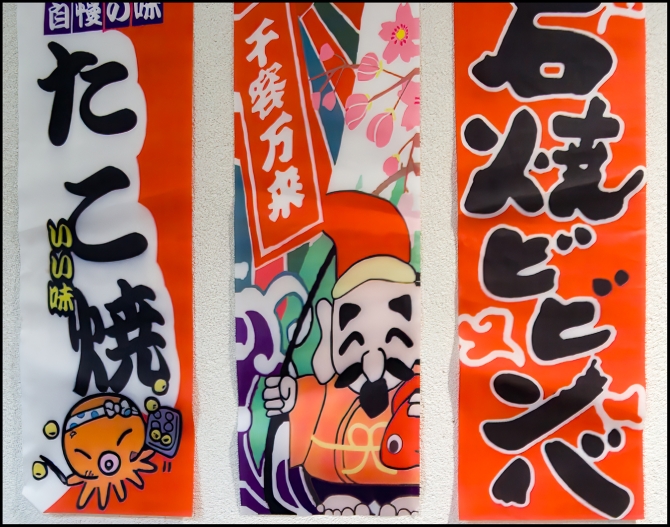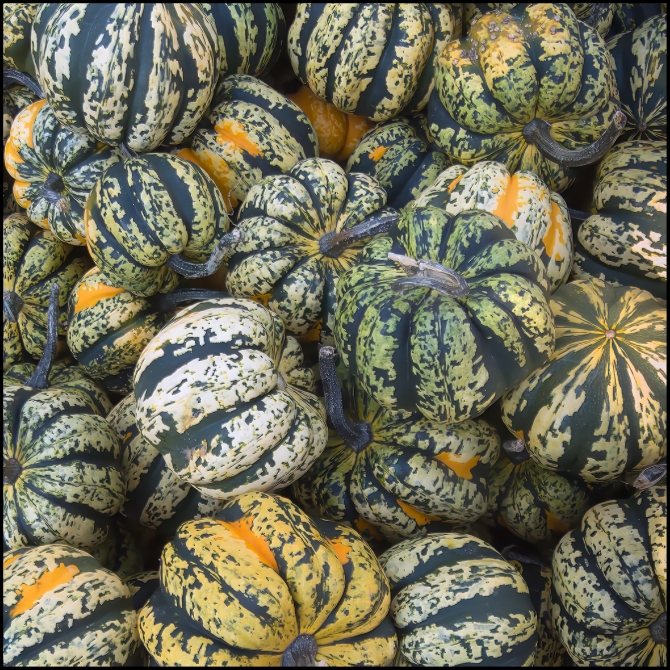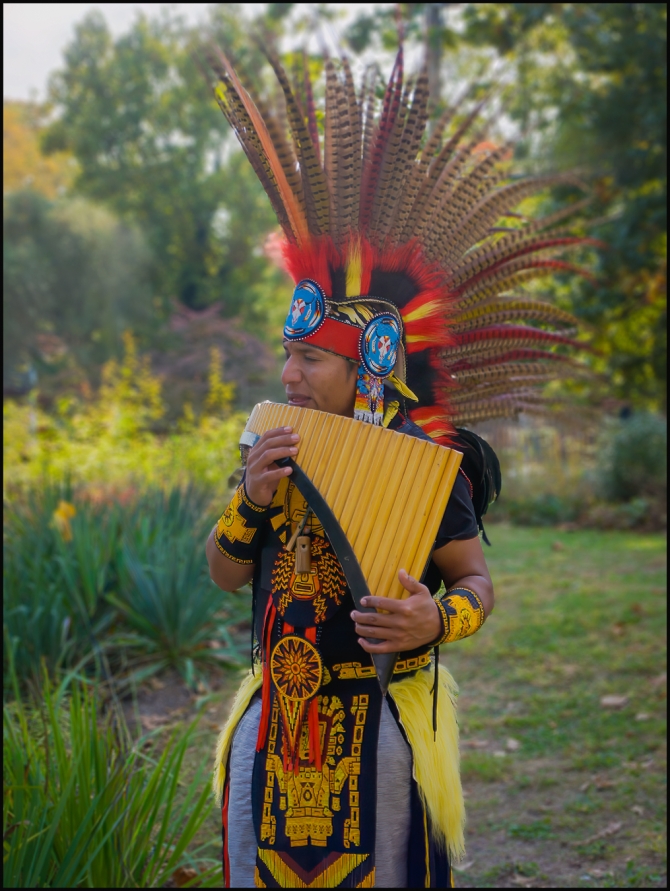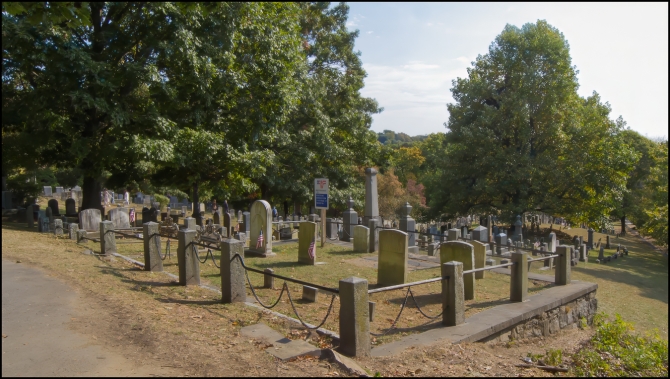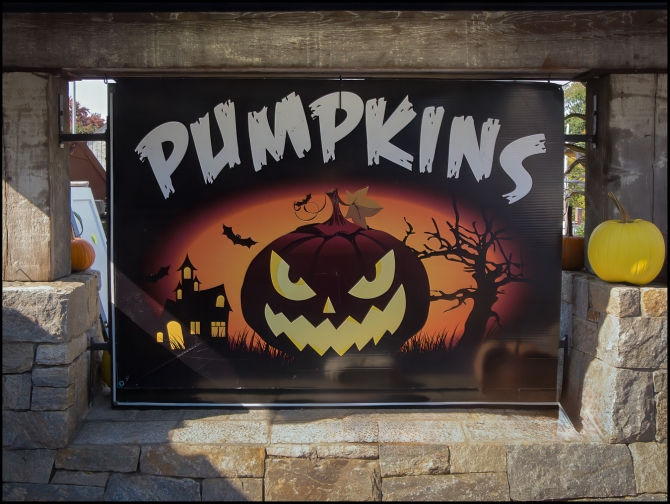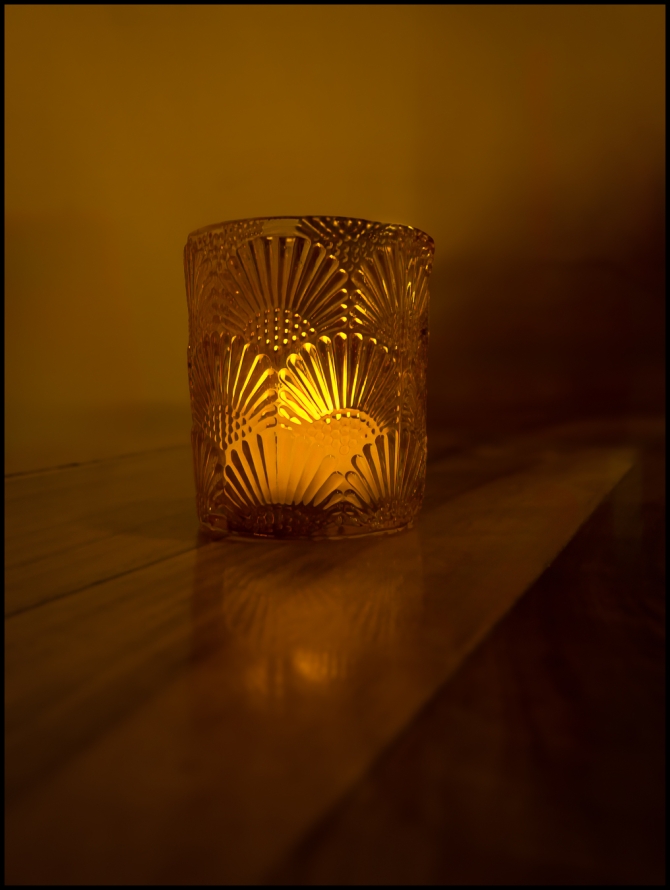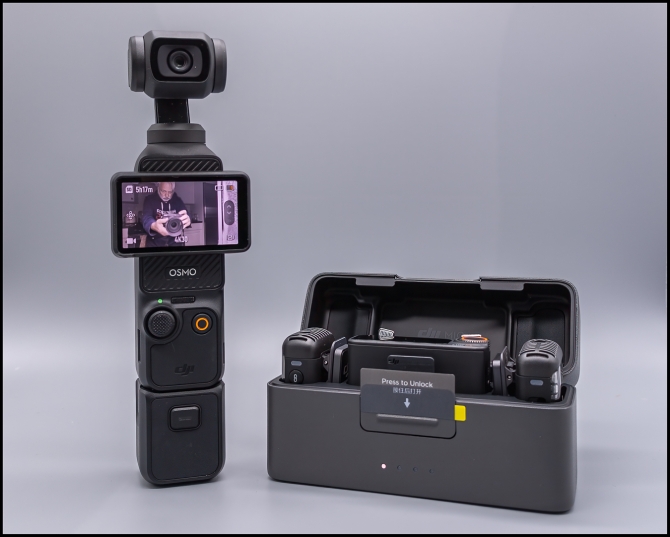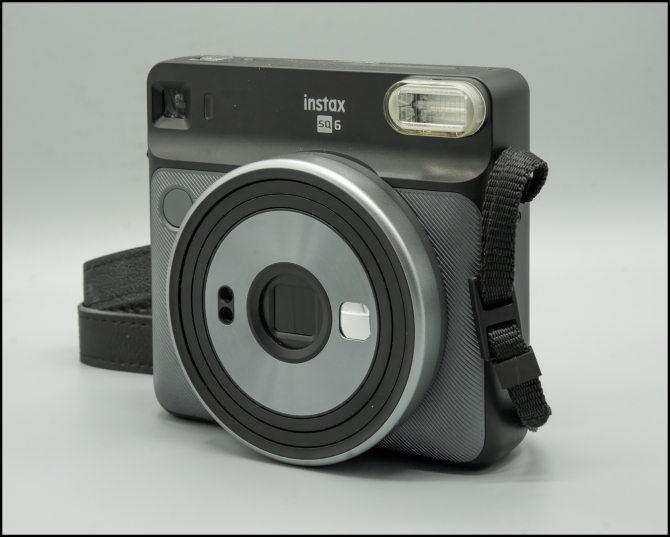If you read this blog, you will no doubt know of my frustration with trying to take pictures of birds. My problems arise from two factors: 1) Not possessing the right gear for taking bird pictures; and 2) Not being able to find birds to take pictures of. This post will mostly focus on the first of these.
I realized that to take pictures of birds I needed a camera capable of decent image quality, fast autofocus, good tracking, and a decent burst mode. I would also need very long focal length lens. So, a couple of years ago I bought a Sony A7IV with a SIGMA 150-600mm F5-6.3 DG DN OS Sports. This combination did indeed meet my criteria, and I got a number of decent photographs using it
The problem was that the combination of camera and lens was large, and very heavy. If I were to go out specifically to take pictures of birds (i.e. If I expected to go somewhere where I was fairly sure I would get pictures) I would take this camera/lens combination. However, I’m 72 years old and lugging this combination for long periods of time (e.g. during a photowalk) when I wasn’t sure of getting something was just too exhausting for me. Below see the difference between the two when full extended to 600mm.
So, I looked for something smaller and lighter and came across the Sony RX10 M3. There’s a good review of it here. It seemed to meet most of my criteria. So even though it was quite expensive I bought one. Since it only had a 1-inch sensor rather than the full frame sensor on my A7IV I expected some loss of image quality, but I was pleasantly surprised at how good the images looked. The 24-600mm is truly remarkable and it’s so pleasant not to be carrying around and changing multiple lenses.
Unfortunately, the above-mentioned review was not the one I read. I read this one. Lured by a lower price, and excited to get on with the purchase I failed to notice that I had ordered the Model III rather than the Model IV. I realized soon (but not soon enough that I could return it) that the review of the Model III criticized the autofocus: the very thing that I wanted most. I still like the camera a lot for the reasons mentioned above, but if your interest is in birding or fast action this isn’t the camera for you.
So, what did I do? Well, I bought the Model IV of course. I still have the Model III. I’ll probably sell it or give it to one of my grandchildren one of these days.
For some pictures taken with this camera see here.
Taken with a Sony A7IV and Sony FE 24mm f2.8 G.

